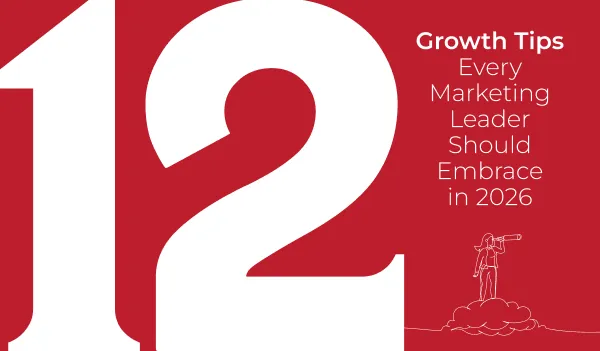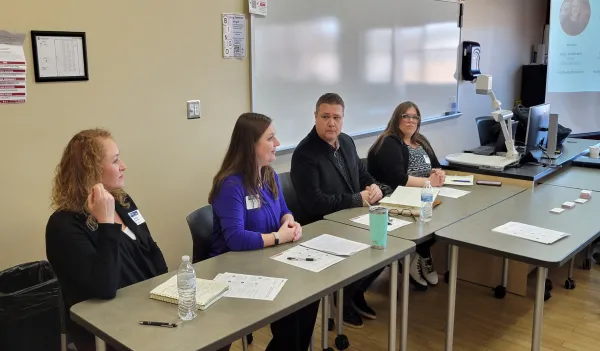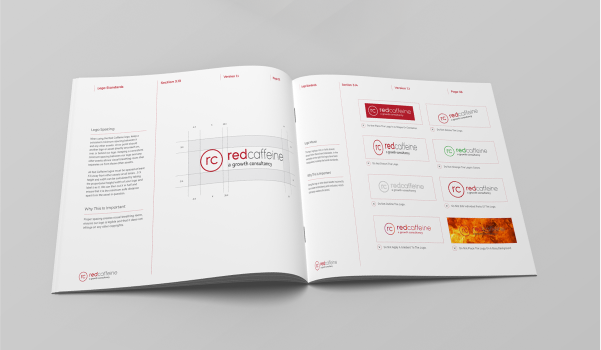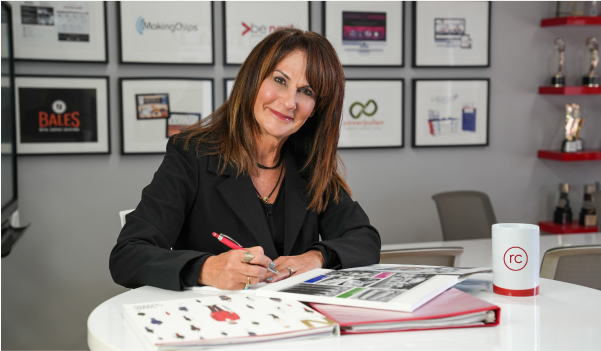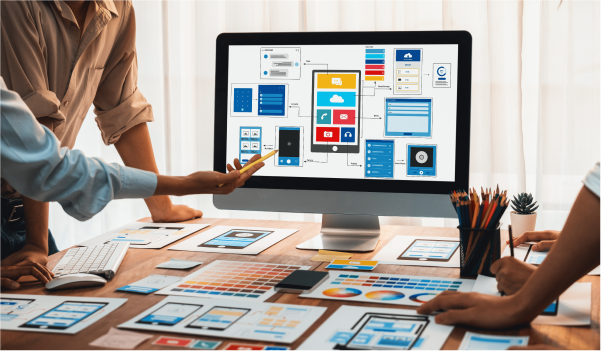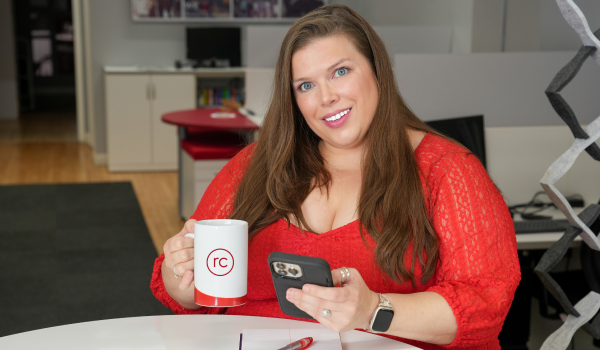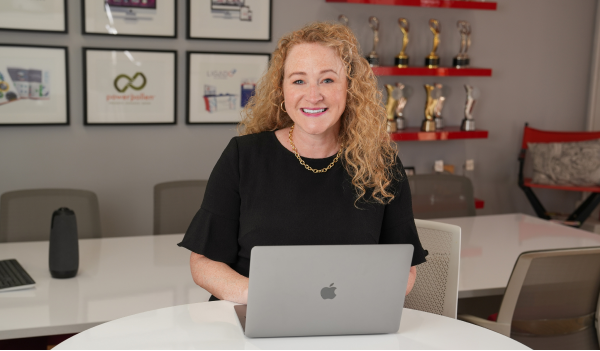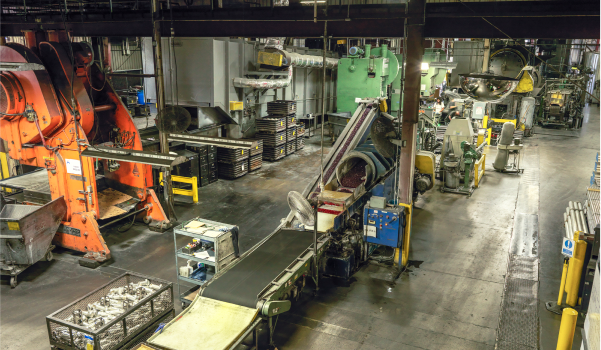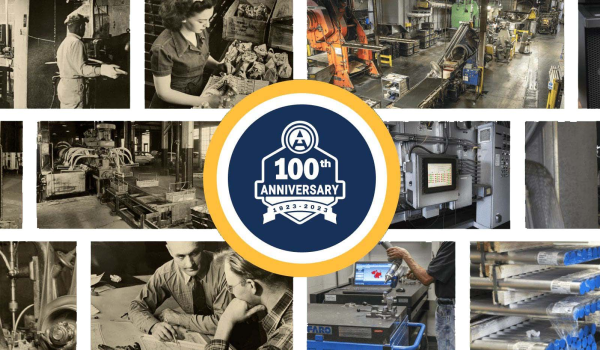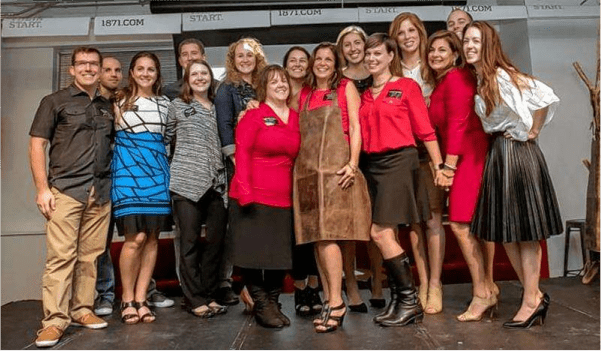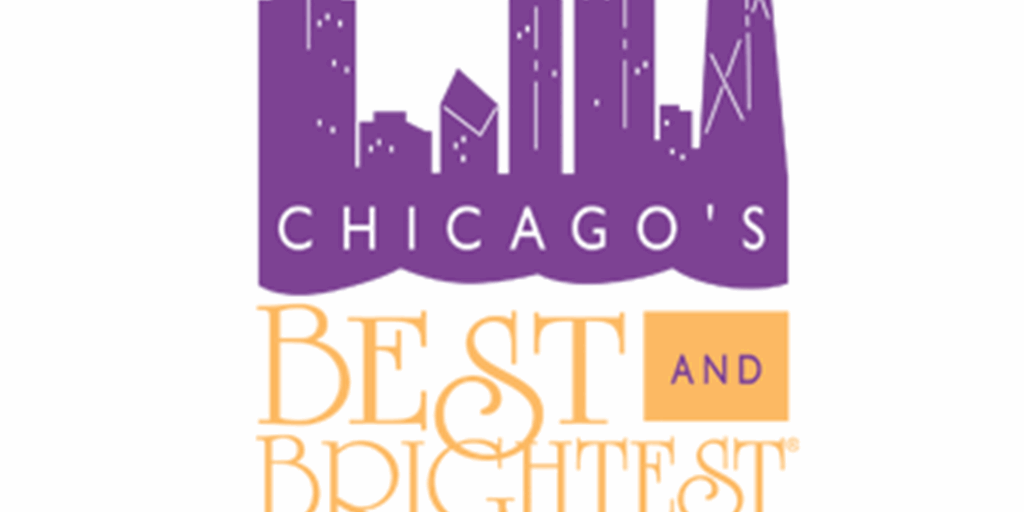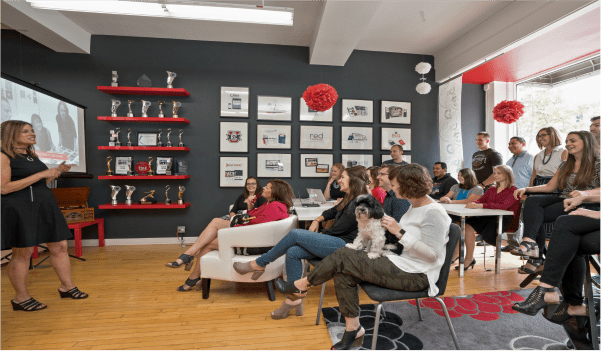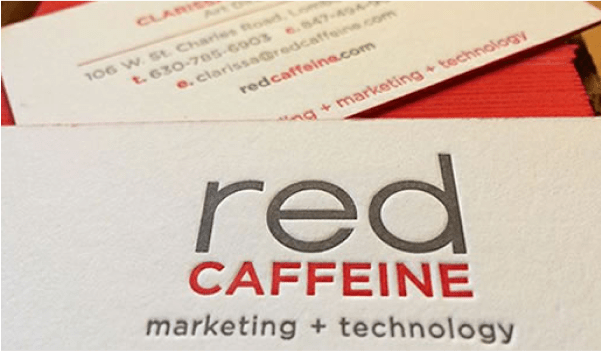Expert Perspectives and Innovative Strategies for Ambitious Leaders
Beyond the Balance Sheet: New Trends in Preparing Your Business for Sale
Blog • August 19, 2024
Read MoreNavigating Growth Through M&A: What Every Business Leader Needs to Know
Blog • July 1, 2024
Read MoreProspect to Purchase: Four Technology Essentials to Boost Business Growth
Blog • June 25, 2024
Read MoreHow Your Employer Brand Influences Recruitment and Employee Retention
Blog • February 21, 2024
Read MoreNavigating the New Era of Analytics: Understanding Opportunities in Google’s GA4
Blog • December 20, 2023
Read MoreThe Critical Role of Customer Research in Shaping Business Success
Blog • December 20, 2023
Read More18 Questions to Help Decide if a Growth Consultancy is Right for You
Blog • November 17, 2023
Read MoreLexco Cable Website Redesign Drives Increases in RFQs and Revenue
Blog • September 25, 2023
Read MoreWinning the Talent Game: Best Practices for Attracting, Engaging, and Retaining Top Talent
Blog • September 20, 2023
Read MoreHow Red Caffeine Builds a 6-Email Sequence Your B2B Prospects Will Want to Read
Blog • August 23, 2023
Read MoreSuccessful Growth Takes the Entire Business–and Some Help From Others
Blog • August 23, 2023
Read MoreRed Caffeine Celebrates 9th Anniversary With Superhero Themed Awards Ceremony
Blog • August 23, 2023
Read MoreStrategic Planning Helps Beary Landscaping Establish Distinct Employer Brand
Blog • July 31, 2023
Read MoreTop 3 Priorities Business Leaders Need to Get Right in Their Growth Plan
Blog • April 26, 2023
Read MoreHow Small Business Owners Thrive During Tough Times with Alternative Learning
Blog • March 30, 2021
Read MoreCapitalizing On Positive News – Promoting Capabilities During COVID-19
Blog • May 29, 2020
Read MoreMunicipality Takes Proactive Approach to Supporting Businesses During Pandemic
Blog • April 28, 2020
Read MoreA Competitive Edge in Municipal Marketing: Planning For Strategic Growth
Blog • July 9, 2019
Read MoreWhy Social Media is Essential for Your B2B Sales and Marketing Strategy
Blog • February 20, 2019
Read MoreAligning Sales and Marketing Part 2: the Part Where You Help Me Help You
Blog • October 30, 2018
Read MoreUse Video Marketing to Win the Attention of Your Customers and Clients
Blog • May 16, 2018
Read More